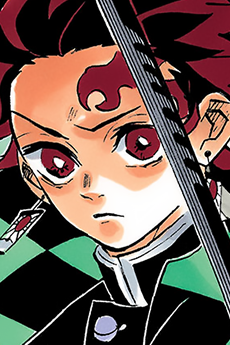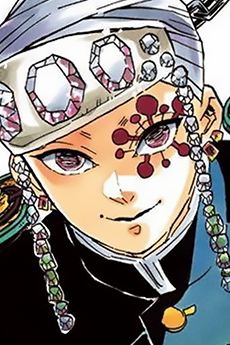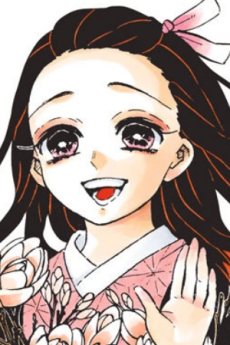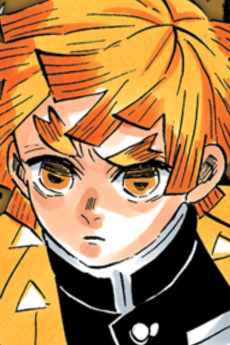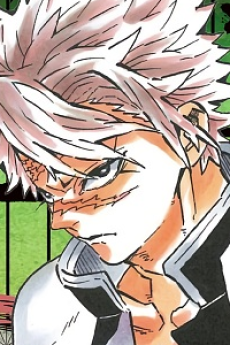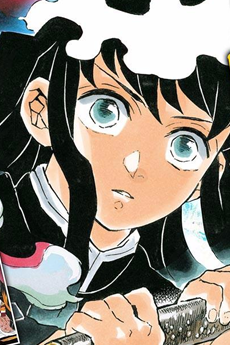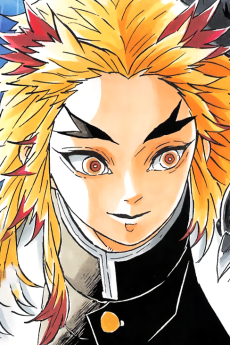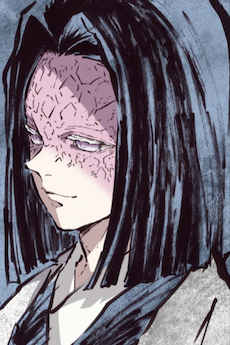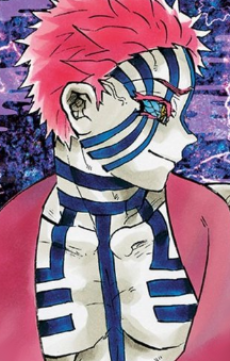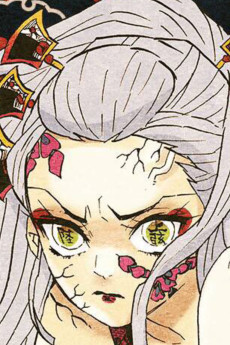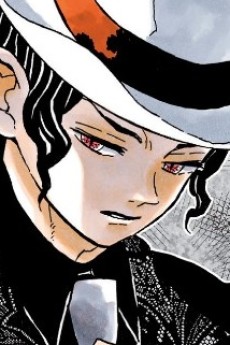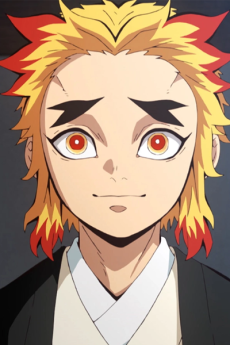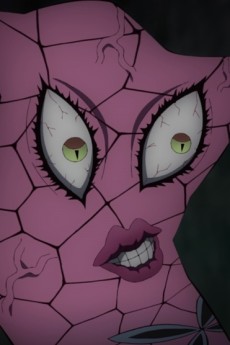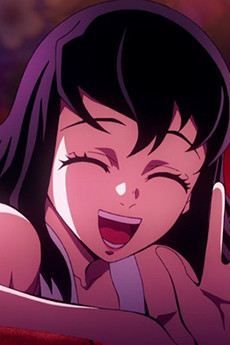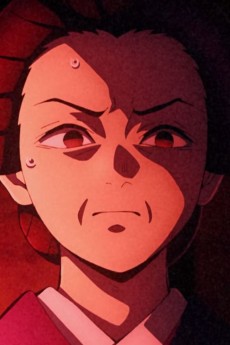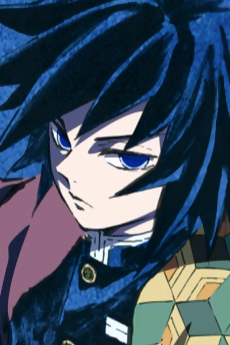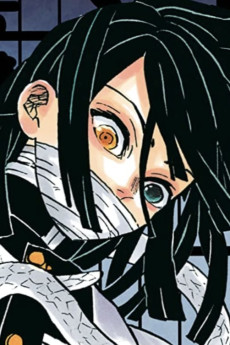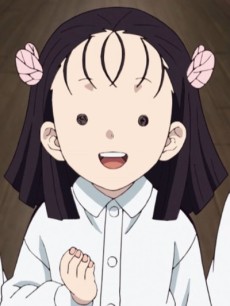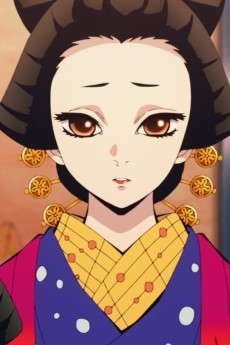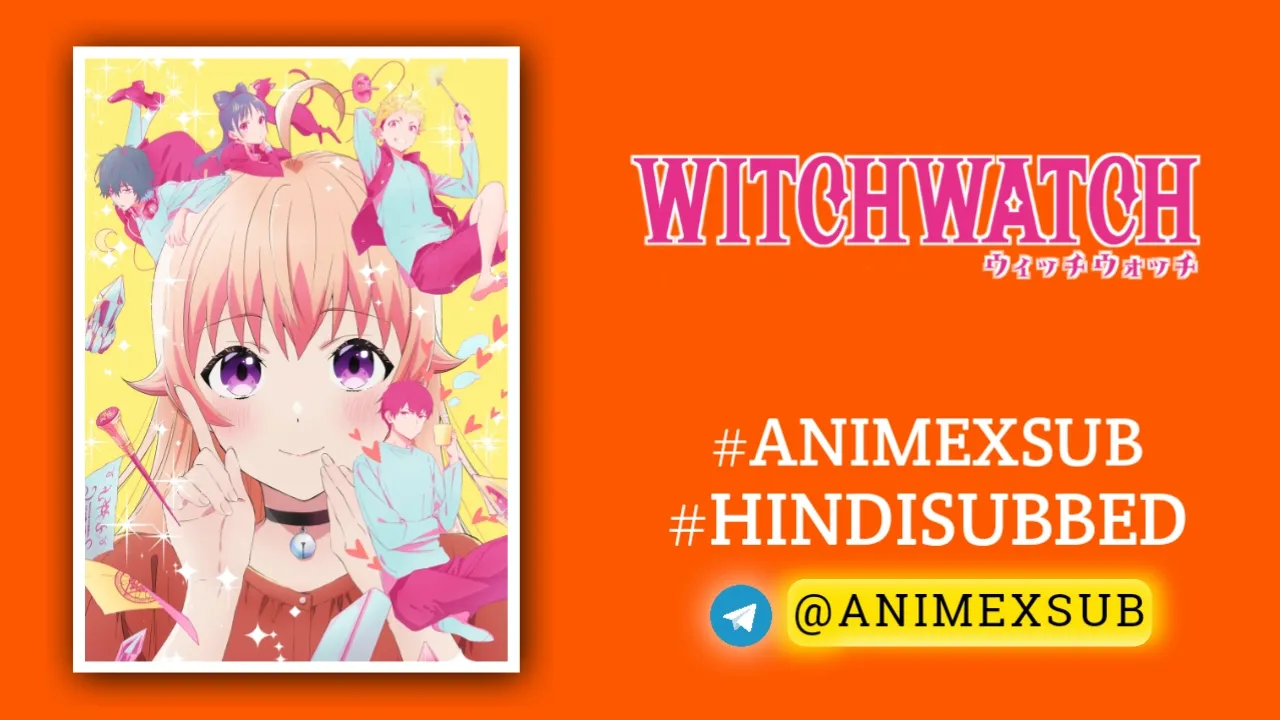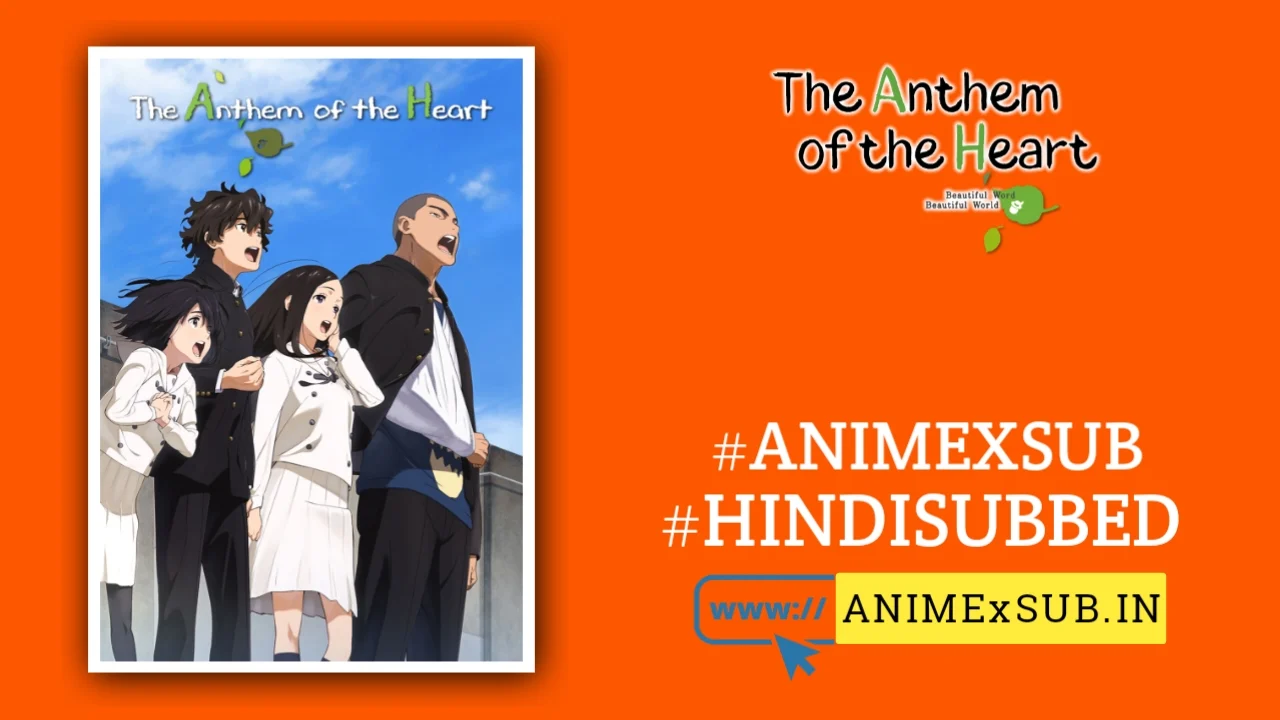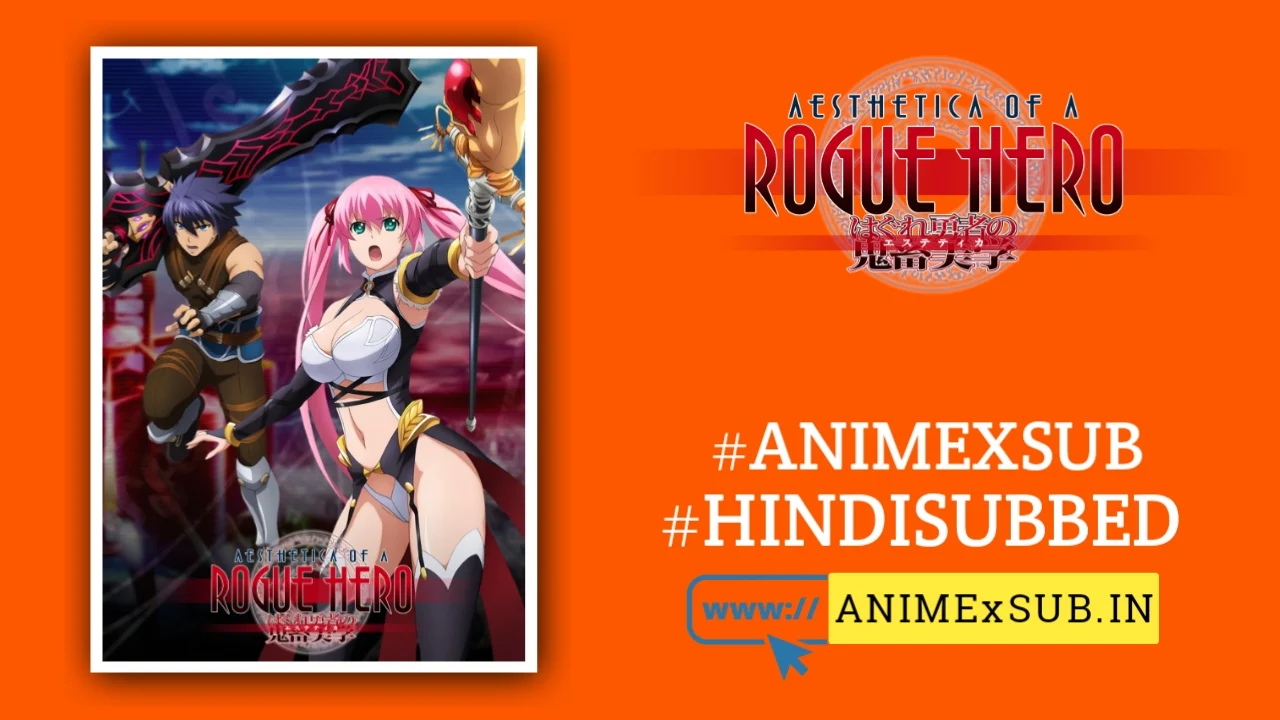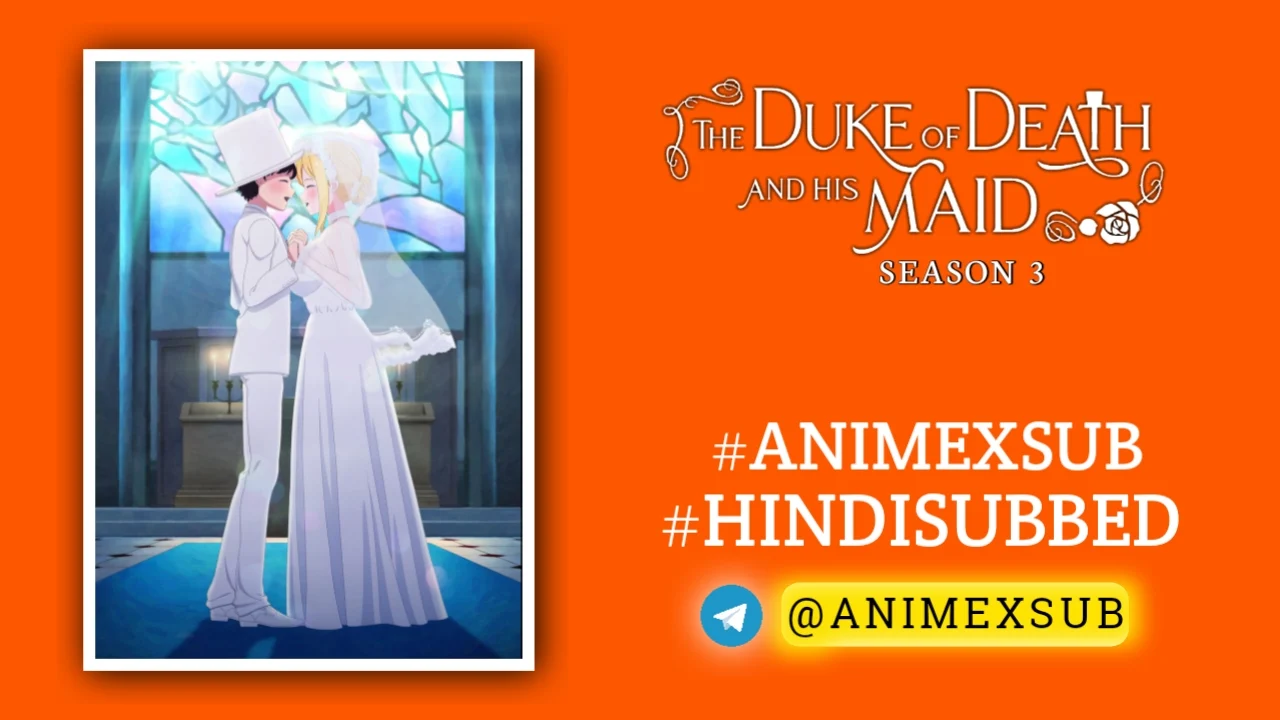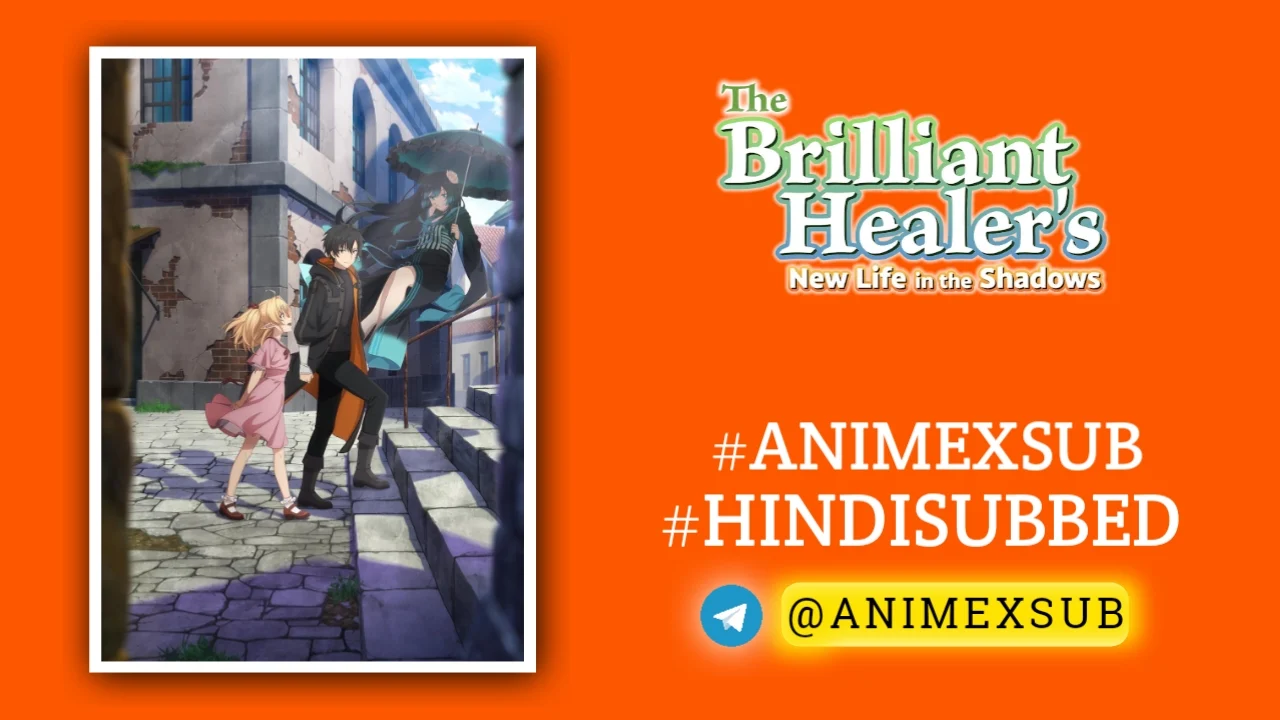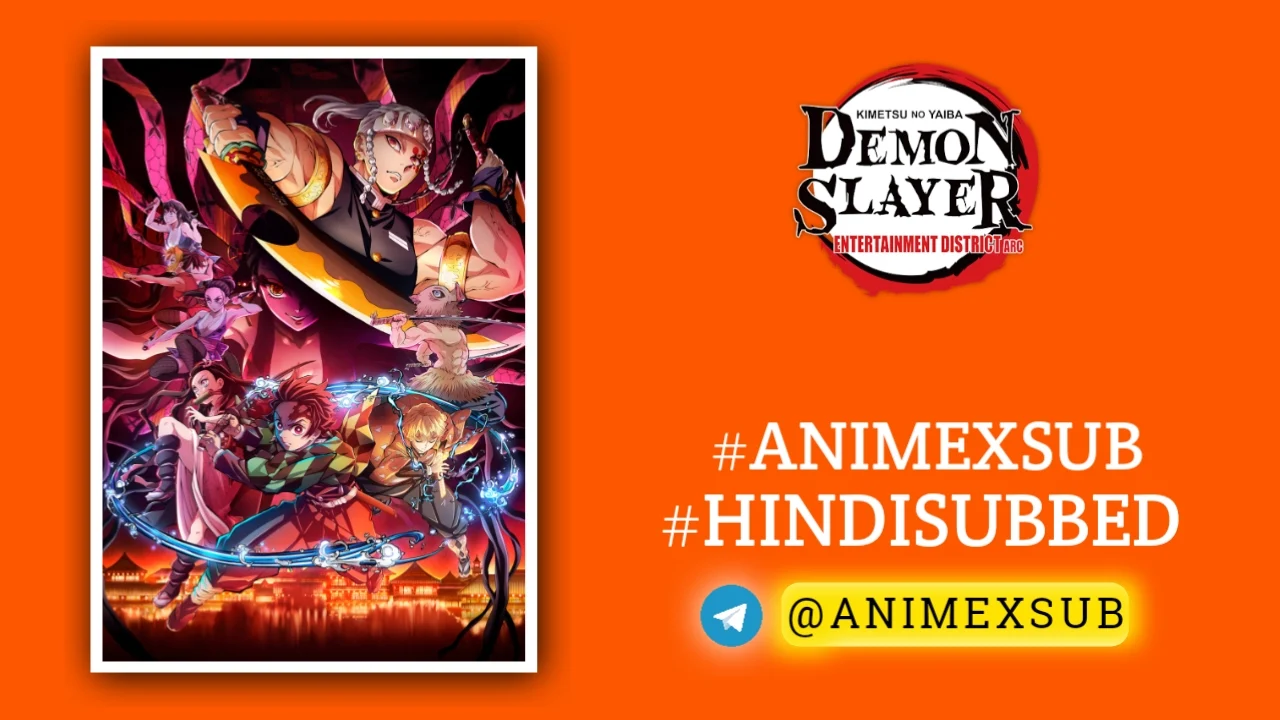
Demon Slayer Season 2: Entertainment District Arc Hindi Subbed [18/18] {Complete}
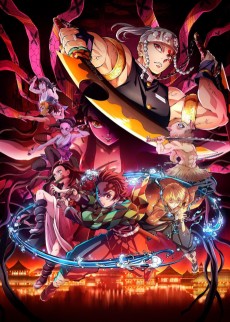
Kimetsu no Yaiba: Yuukaku-hen
Demon Slayer: Kimetsu no Yaiba Entertainment District ArcSynopsis
After visiting the Rengoku residence, Tanjirou and his comrades volunteer for a mission within the Entertainment District, a place where desires are sold and demons dwell. They journey alongside the flashy Sound Hashira, Tengen Uzui, in search of a monstrous foe terrorizing the town. Sworn to slay creatures of the night, the hunt continues. (Source: Funimation) Note: - The first episode aired with a runtime of ~47 minutes. - The last episode aired with a runtime of ~33 minutes.
Watch Trailer
Characters
Demon Slayer: Kimetsu no Yaiba Season 2 Review – A Flashy, Emotional, and Visually Stunning Triumph
Demon Slayer: Kimetsu no Yaiba Season 2, comprising the Mugen Train Arc and Entertainment District Arc, is a masterclass in balancing breathtaking animation, emotional storytelling, and character-driven action. Released between October 2021 and February 2022, this season builds on the foundation laid by Season 1 and the Mugen Train movie, delivering a rollercoaster of thrills, tears, and jaw-dropping visuals. Produced by Ufotable, directed by Haruo Sotozaki, and adapting Koyoharu Gotouge’s manga (volumes 7–11), Season 2 elevates the series to new heights while addressing some of the critiques from its predecessors. Here’s an in-depth, unique, and spoiler-light review exploring what makes this season a standout in the anime world.
A Tale of Two Arcs: Structure and Pacing
Season 2 is split into two distinct parts: the Mugen Train Arc (7 episodes) and the Entertainment District Arc (11 episodes). The Mugen Train Arc re-adapts the 2020 film with an additional original episode and enhanced character moments, serving as a bridge for TV viewers. While some fans familiar with the movie might find this arc repetitive, the added context—especially the new episode focusing on Flame Hashira Kyojuro Rengoku—deepens the emotional weight of the story. It’s a poignant setup, exploring themes of loss and resilience, though its pacing can feel slow for those eager to dive into new content.
The Entertainment District Arc, however, is where Season 2 truly shines. Set in the vibrant, neon-lit Yoshiwara district, this arc follows Tanjiro Kamado, Nezuko, Zenitsu, and Inosuke as they team up with Sound Hashira Tengen Uzui to hunt a demon terrorizing the area. The arc’s pacing is relentless, blending humor, heart, and high-stakes action. While some reviews note that the season feels short at 18 episodes total, the Entertainment District Arc makes every moment count, culminating in one of the longest and most spectacular battles in the series.
Animation: A Visual Feast That Redefines Shonen
Ufotable’s animation remains the gold standard in anime. Season 2 pushes the boundaries of what’s possible, with fluid fight choreography, vibrant color palettes, and meticulous attention to detail. The Entertainment District Arc is a visual spectacle, with the bustling Yoshiwara setting contrasting the dark, oppressive atmosphere of demonic threats. Nighttime scenes, illuminated by fireworks and lanterns, create a striking backdrop that enhances the tension. Even minor moments, like Tanjiro’s water-breathing techniques or Tengen’s explosive sound-based attacks, are rendered with such precision that they feel like art gallery exhibits.
The season’s climactic battle against Upper Rank demons Daki and Gyutaro is a technical marvel, spanning multiple episodes and featuring seamless blends of 2D animation and subtle CGI. While some critiques mention occasional CGI jank in background elements, these are minor blemishes in an otherwise flawless presentation. The animation doesn’t just carry the show—it elevates the emotional and narrative stakes, making every swing of a Nichirin Blade feel visceral and impactful.
Characters: Depth, Humor, and Heart
Season 2 excels in character development, giving both new and returning characters moments to shine. Tanjiro Kamado remains the heart of the series, his unwavering kindness and determination anchoring the story. While some reviewers argue he fits a predictable shonen protagonist mold, his empathy and subtle growth—especially in grappling with Rengoku’s death—add layers to his character.
Nezuko, Tanjiro’s demon sister, finally gets more agency in this season. After spending much of Season 1 in a box, her moments of action, particularly in the Entertainment District Arc, are thrilling and emotionally resonant. Her development hints at a larger role to come, addressing fan complaints about her underutilization.
Zenitsu and Inosuke, often divisive for their exaggerated personalities, bring both humor and heart. Zenitsu’s cowardly yet powerful lightning-fast attacks and Inosuke’s brash boar-headed bravado are balanced with deeper glimpses into their motivations. Their disguises as women in the Entertainment District provide laugh-out-loud moments, adding levity before the darker battles. However, some find Zenitsu’s repetitive humor grating, comparing him to similar archetypes in other anime like My Hero Academia’s Denki Kaminari.
The standout, however, is Tengen Uzui, the Sound Hashira. Flashy, flamboyant, and initially unlikeable due to his brash demeanor (and a controversial scene involving him slapping a girl), Tengen evolves into a complex character. His tragic backstory, teased in the opening sequence, and his protective bond with his three wives add depth, making him a fan favorite by the season’s end. The sibling dynamic between Daki and Gyutaro also mirrors Tanjiro and Nezuko, offering a compelling parallel that explores themes of family, despair, and redemption.
Story and Themes: Simple Yet Profound
The narrative of Season 2 isn’t groundbreaking—some critics call it a standard shonen beat-em-up with a predictable trajectory. Yet, its simplicity is its strength. The story focuses on Tanjiro’s quest to cure Nezuko and avenge his family, but it weaves in universal themes of love, sacrifice, and resilience. The Entertainment District Arc contrasts the Kamado siblings’ bond with the tragic past of Daki and Gyutaro, posing a haunting “what if” scenario: what if Tanjiro and Nezuko had succumbed to hatred instead of love? This parallel adds emotional depth, though some reviews suggest the show could have leaned harder into this comparison.
The season also explores the psychological toll of loss, particularly in the wake of Rengoku’s death. Tanjiro, Zenitsu, and Inosuke grapple with their perceived weakness against Upper Rank demons, raising the stakes for their growth. While the story doesn’t reinvent the shonen wheel, its emotional sincerity and focus on human connections make it resonate.
Music and Sound: An Emotional Powerhouse
The soundtrack, composed by Yuki Kajiura and Go Shiina, is a triumph. The opening theme, “Zankyou Zanka” by Aimer, rivals Season 1’s “Gurenge” with its haunting melody and dynamic visuals. The score enhances every scene, from quiet emotional beats to explosive battles, with traditional Japanese instruments blending seamlessly with modern orchestration. Tengen’s bombastic sound-based techniques are paired with a pulse-pounding soundtrack that amplifies the action. The music doesn’t just complement the animation—it’s an integral part of the storytelling.
Critiques: Room for Improvement
While Season 2 is widely praised, it’s not flawless. The Mugen Train Arc feels redundant for fans who’ve seen the movie, and its slower pace may frustrate those eager for new content. Some criticize the story’s simplicity, arguing it lacks the narrative complexity of anime like Neon Genesis Evangelion. Zenitsu’s repetitive humor and Tengen’s initial abrasiveness may alienate some viewers, and the season’s short length (18 episodes, with only 11 for the Entertainment District Arc) leaves fans wanting more. Additionally, while Nezuko gets more spotlight, her limited dialogue and development remain a point of contention.
Why Season 2 Stands Out
What makes Season 2 unique is its ability to balance spectacle with substance. The Entertainment District Arc sets a new benchmark for shonen action, with its multi-episode battle pushing Tanjiro and his allies to their limits. The introduction of the Demon Slayer Mark and Nezuko’s evolving abilities hint at larger mysteries, keeping viewers hooked for Season 3. The season also humanizes its villains, particularly Daki and Gyutaro, whose tragic backstory elicits sympathy despite their cruelty. This blend of empathy and action sets Demon Slayer apart from its peers.
The humor, often overlooked, is another highlight. Moments like Tanjiro, Zenitsu, and Inosuke disguised as women (“Sumiko,” “Zenko,” and “Inoko”) inject levity without derailing the tension. These lighthearted scenes contrast the grim battles, showcasing the show’s ability to pivot between tones seamlessly.
Who Should Watch It?
Demon Slayer Season 2 is a must-watch for fans of shonen anime, particularly those who love high-octane action, stunning visuals, and emotional storytelling. Its fantasy violence, blood, and demonic imagery make it suitable for teens and adults (13+), though parents should note the gore, especially in the season’s climactic fights. If you enjoyed My Hero Academia or Jujutsu Kaisen, you’ll find Demon Slayer’s blend of heart and action equally compelling. However, younger viewers or those sensitive to violence may find it intense.
Final Verdict: A Flashy Triumph
Demon Slayer: Kimetsu no Yaiba Season 2 is a triumph of animation, emotion, and character-driven storytelling. While the Mugen Train Arc may feel like a retread for some, the Entertainment District Arc delivers a thrilling, visually spectacular experience that surpasses its predecessors. Tengen Uzui’s flamboyance, Nezuko’s growth, and the heart-wrenching parallels between the heroes and villains make this season unforgettable. It’s not perfect—its simplicity and occasional pacing issues hold it back from being a narrative masterpiece—but its execution is near flawless. As one X user put it, “Belleza y sangre… The animation is incredible, of gallery art.” Season 2 is a love letter to anime fans, and the wait for Season 3 feels agonizing after its explosive finale.
Rating: 8.8/10 – A flashy, emotional, and visually stunning addition to the Demon Slayer saga, setting the stage for even greater battles to come.
Where to Watch: Demon Slayer Season 2 is available on Crunchyroll, Funimation, and Hulu. For more details, visit their official platforms.
Note: This review avoids major spoilers but references general plot points and character arcs. For a spoiler-free experience, watch the season first! If you’d like me to generate images related to Demon Slayer Season 2, please confirm, and I can create visuals to complement this review.
Buddy’s Demon Slayer Season 2 Ka 2 Part Hai, Part 1: Mugen Arc and Part 2: Entertainment District Arc.
Support Our Anime Community!
Love watching the latest anime? Help us keep uploading new episodes by join telegram channel ❤️
Join Now!